Research in Kilivila, December 2021
Report by linus digim’Rina and Niyawa John
The names “Trobriand Islands,” “Kiriwina,” “Kilivila,” and Boyowa/Bweyowa” are linguistically synonymous and used interchangeably. The Trobriand Islands are a low-lying group of some 28 islands, all of coralline limestone and many fringed by coral reefs, comprising eight larger islands. These are inhabited by people mainly on: Kiriwina, Kitava, Vakuta, Khaileuna, Kuyawa, Munuwata, Simsimla, and even Tuma Island.
Kiriwina or Kilivila is the main island of the Trobriand Islands, and its indigenous name is synonymous with Trobriand Islanders or speakers of the Trobriand language. Kilivila is not infrequently referred to as Kiriwina/Kilivila/Bweyowa language with many dialectical variations. Trobriand people still maintain their traditional culture including traditional songs, fishing, gardening, and the famous Kula trade exchange.
linus digim’Rina and Niyawa John researched Kilivila recordings in the True Echoes project. Niyawa assisted linus in the research with video, audio, and photographs, report write-ups, transcriptions, and translations.
linus digim’Rina received his BA and Honours degrees from the University of Papua New Guinea, and his PhD from Australian National University. He is the head and senior lecturer in Anthropology, Sociology & Archaeology in the School of Humanities and Social Sciences at the University of Papua New Guinea. Niyawa received his BA degree from the University of Papua New Guinea and continues as a tutor and BA Honours degree candidate in Anthropology & Sociology at the University of Papua New Guinea.
Recordings
The old songs in the cylinder recordings are seldom performed by people today, so the new recordings were adapted in order to show performances today. None of the old recordings were modified into contemporary dances and tunes. The original tunes and dances seemed to have been bypassed by the present generations, and only a few elderly people remember some of the lyrics. As they do not sing such songs regularly enough, and the dance moves also have faded and would take a while to master the styles and patterns of drum beats and the quivering hand-held bisila streamers.
There are so many recordings collected; new video and audio recordings of wosimwaya and photographs from Okheboma, Yalumgwa, Omarakana, and Port Moresby with Mogisigasi of Muloseda/Khavatariya. Only a select few video recordings and photos are presented for the website.
Momyepu, Oyoisi, Kherukwarakuva and Ospapegu
Tobesila residence, Konebada, Port Moresby
Recorded 30 December 2021
(13 minutes 2 seconds)
Recordings by Mogisigasi in Port Moresby for the songs Momyepu, Oyoisi, Kherukwarakuva, and Ospapegu for the Usituma genre then mislabelled as Osebouta (C62/1420).
Eee…eee…eee…
Hoo…hoo…hoo…
Eee…eee…eee
Yegwae tomumwaya yegwae,
Kwabikegwe pwarove tomumwaya,
Yegwae kwabikegwe pwarove,Tomumwaya yegwae kwabikegwe pwarove,
Eee tomumwaya.Eee…eee…eee…
Hoo…hoo…hoo…
Eee…eee…eee…
Yegwae tomumwaya robuwe,
Makhegamwe purowe mamagim,
Dadiweya makwasimwe tagirerewe,
Mabuwamwe senaseina,
Togabure nenewe.Karinenewe yogabwe tomumwaya,
Yegwae kwabikegwe pwarove,
Tomumwaya yegwae kwabikegwe pwarove.
Eee…eee…eee…
Hoo…hoo…hoo…
Eee…eee…eee…
Eee…eee…eee…
Hoo…hoo…hoo…
Eee…eee…eee…
Ruana momrabae khaguragae ruwemapwe,
Ruana momrabae khaguragae ruwemapwe,
Ruana momrabae khaguragae ruwemapwe.Eee…eee…eee…
Hoo…hoo…hoo…
Eee…eee…eee…
Ruana momrabae khaguyabase,
Barautomwe ruwemapwe,
Ruana momrabae.Khaguragae ruwemapwe,
Ruana momrabae khaguragae ruwemapwe,
Ruana momrabae.
Eee…eee…eee…
Hoo…hoo…hoo…
Eee…eee…eee…
Yegwae togimroru yegwae,
Anagimroru wamoe,
Togimroru yegwae anagimroru wamoe,
Togimroru yegwae anagimroru wamoe.
Eee…eee…eee…
Hoo…hoo…hoo…
Eee…eee…eee…Yegwae tomanukwama yegwae,
Ratitaene wabode,
Tomanukwama yegwae,
Ratitaene wabode,
Tomanukwama yegwae
Ratitaene wabode,
Tomanukwama.
Eee…eee…eee…
Hoo…hoo…hoo…
Eee…eee…eee…
Eee…eee…eee…
Hoo…hoo…hoo…
Eee…eee…eee…
Inamwe makaraboma inamwe,
Khabiyaregwe togage,
Makaraboma inamwe,
Khabiyaregwe togago,
Makaraboma inamwe,
Khabiyaregwe togago,
Makaraboma inamwe.Eee…eee…eee…
Hoo…hoo…hoo…
Eee…eee…eee…Borogo matiuyagu nayopwa,
Khabiyaregwe borogo matiuya.
Nayopwa khabiyaregu borogo,
Matiuyagu nayopwa,
Khabiyaregwe borogu.
Eee…eee…eee…
Hoo…hoo…hoo…
Eee…eee…eee…
Eee…eee…eahaee…eee…
Bavebogwe bavebogwe,
Titoregwe bamkwaregu,
Igau varikutare vare bavebo.Bavebogwe bavebogwe,
Titoregwe bamkwaregu,
Igau varikutare vare bavebogwa,
Bavebogwe, bavebogwa, bavebo.
Eee…eee…eahaee…eee…Bavebogwe bavebogwe,
Avedere miderina ilesige udanai,
Tokwasope igau varikutare vare bavebo.Bavebogwe bavebogwe,
Titoregwe bamkwaregu,
Igau va.
Eee…eee…eahaee…eee…
Rogaewa as a Lullaby
Waseda hamlet, Okheboma village
Recorded 23 December 2021
(13 seconds)
Kwanakwana Mosevatu of Okheboma demonstrating the Rogaewa dance movements as a lullaby song. According to the lyrics, the composer cuddles his child while seated at his miniature yam hut (Giyawana) and lulls the grumpy baby to sleep. So the hands hold the baby (streamer) and moving to and fro, sideways and back. Rogaewa performance mimics the natural movements of the lullaby.
Historical Recordings
The following cylinders from the Daniels Ethnographical Expedition to British New Guinea 1904 Cylinder Collection (C62) were researched by linus digim’Rina and Niyawa John.
| British Library shelfmark | Recording title | Performer name | Recording location | Recording date | Content description | Performer description | Recording notes | Languages | Genre | Recordist | Recording length | Recording trip | Description of cylinder | Collection title | Cylinder location | Images of cylinder containers / documentation | Related print publication: | Related print publication: | Related print publication: | Related print publication: | Related print publication: | Related print publication: |
|---|---|---|---|---|---|---|---|---|---|---|---|---|---|---|---|---|---|---|---|---|---|---|
| C62/1419 | 27 Osebouta Trobriands | Unidentified (spoken, male) | Trobriand Islands, British New Guinea | September 1904 | 1. Announcement: "Osebouta. A sung [?] song at the Kaiwos Womilamala, by [indecipherable]. Trobriand Islands, September 1904." Song sung at a funeral feast. | Good quality recording. | Kilivila | Field recordings; Laments | Seligman, Charles Gabriel | 3'09" | Daniels Ethnographical Expedition to New Guinea 1904 | Brown wax cylinder | Daniels Ethnographical Expedition to New Guinea 1904 Cylinder Collection (C62) | British Library | 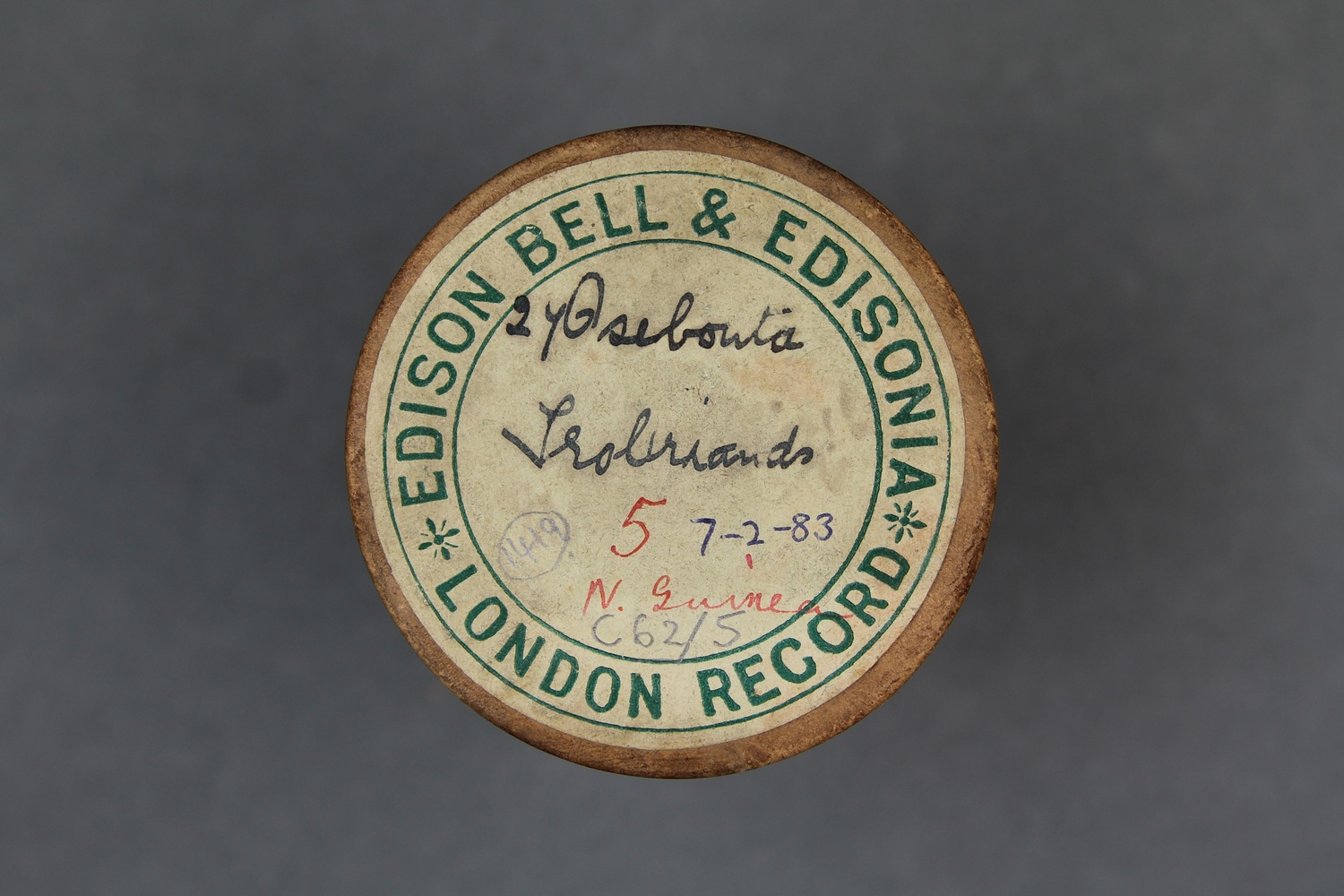      | The feast is mentioned in Charles G. Seligmann, 'The Melanesians of British New Guinea', Cambridge University Press, 1910:750. | ||||||
| C62/1420 | 26 Mamiepo | Unidentified (spoken, male); Unidentified (singer, male) | Trobriand Islands, British New Guinea | September 1904 | 1. Announcement: "Song sung at Kaiwos womilama, Trobriand Islands, September 1904." 2. Unaccompanied male vocal solo. Song sung at a funeral feast. | Good quality recording. | Kilivila | Field recordings; Laments | Seligman, Charles Gabriel | 3'09" | Daniels Ethnographical Expedition to New Guinea 1904 | Brown wax cylinder | Daniels Ethnographical Expedition to New Guinea 1904 Cylinder Collection (C62) | British Library |  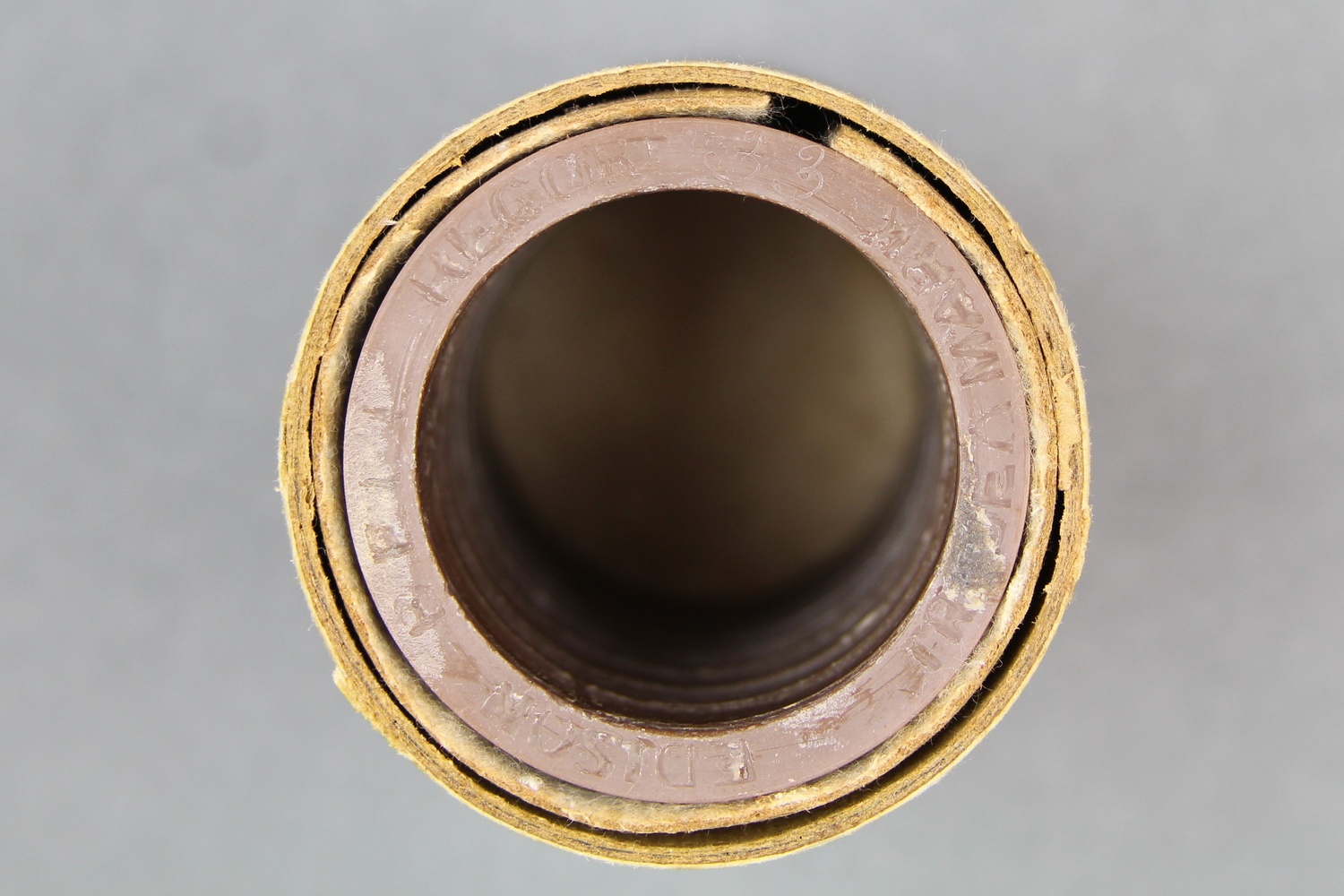     | The feast is mentioned in Charles G. Seligmann, 'The Melanesians of British New Guinea', Cambridge University Press, 1910:750. |
The following cylinders from the Bronislaw Malinowski 1915-1918 Trobriand Islands, Territory of Papua Cylinder Collection (C46) were researched by linus digim’Rina and Niyawa John.
| British Library shelfmark | Recording title | Performer name | Recording location | Recording date | Content description | Performer description | Recording notes | Languages | Genre | Recordist | Recording length | Recording trip | Description of cylinder | Collection title | Cylinder location | Images of cylinder containers / documentation | Related print publication: | Related print publication: | Related print publication: | Related print publication: | Related print publication: | Related print publication: |
|---|---|---|---|---|---|---|---|---|---|---|---|---|---|---|---|---|---|---|---|---|---|---|
| C46/1397 | Dobu | Unidentified (male chorus) | Trobriand Islands, Territory of Papua | July 1915 – October 1918 | 1. Unaccompanied male vocal group with leader. Leader's voice predominating and others faint. The language of Dobu was the lingua franca for the Kula region; the island and its surrounding district were important in Kula activities (Malinowski 1922:39-40). Although labelled as Dobu [dob] on the cylinder lid, it is questionable whether the language is Dobu or Kilivila. Certainly the musical style is very similar to those recordings identified as coming from the Trobriands, hence being in Kilivila language. | Reasonable quality recording but warbly speed fluctuations throughout. | Kilivila or Dobuan | Field recordings; Folk songs and music; Narrative songs; Ballads | Malinowski, Bronislaw Kasper | 2'23" | Bronislaw Malinowski's 1915-1918 fieldwork on Kiriwina, Trobriand Islands, Papua New Guinea | Black wax cylinder | Bronislaw Malinowski 1915 – 1918 Trobriand Islands, Territory of Papua Cylinder Collection (C46) | British Library | 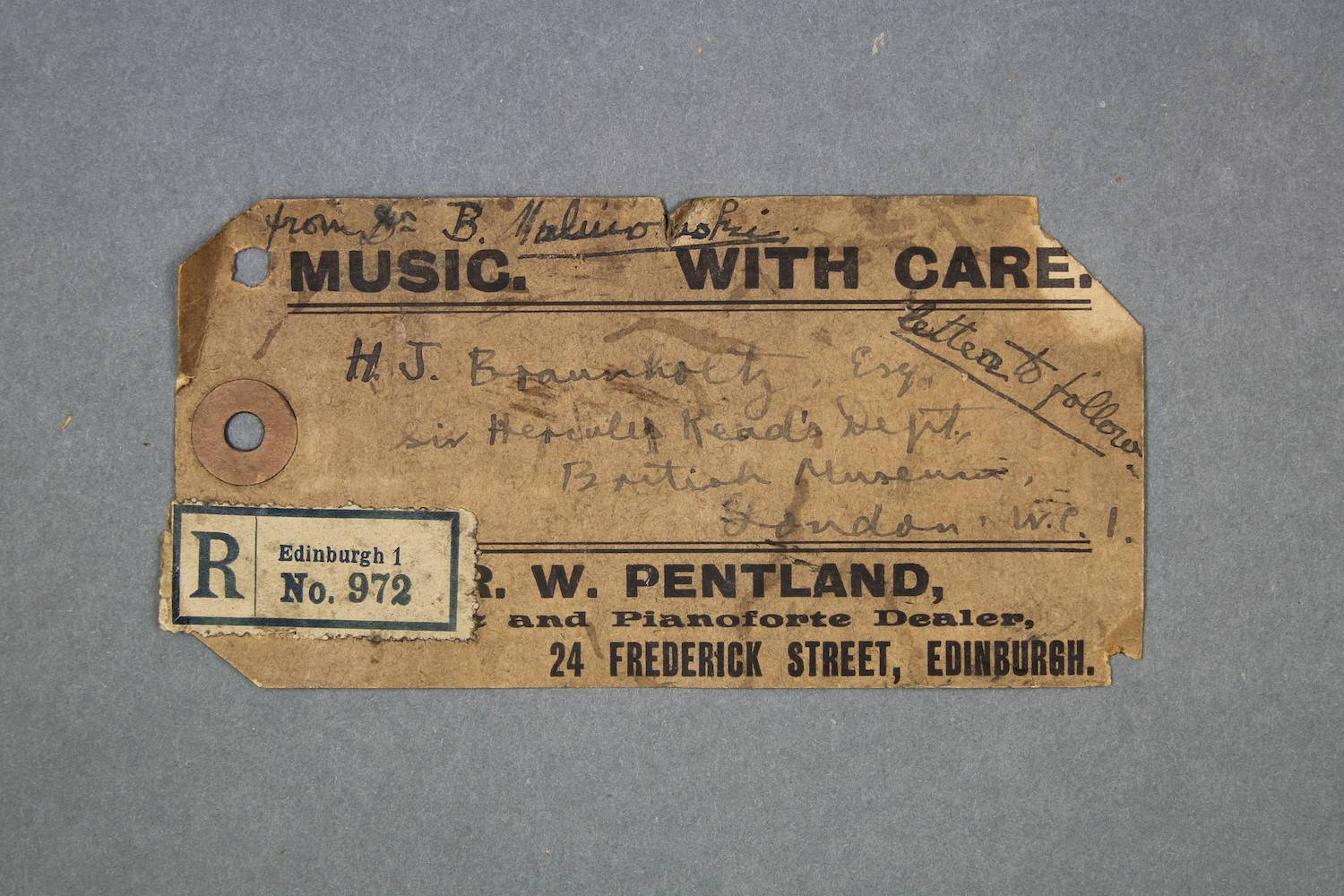 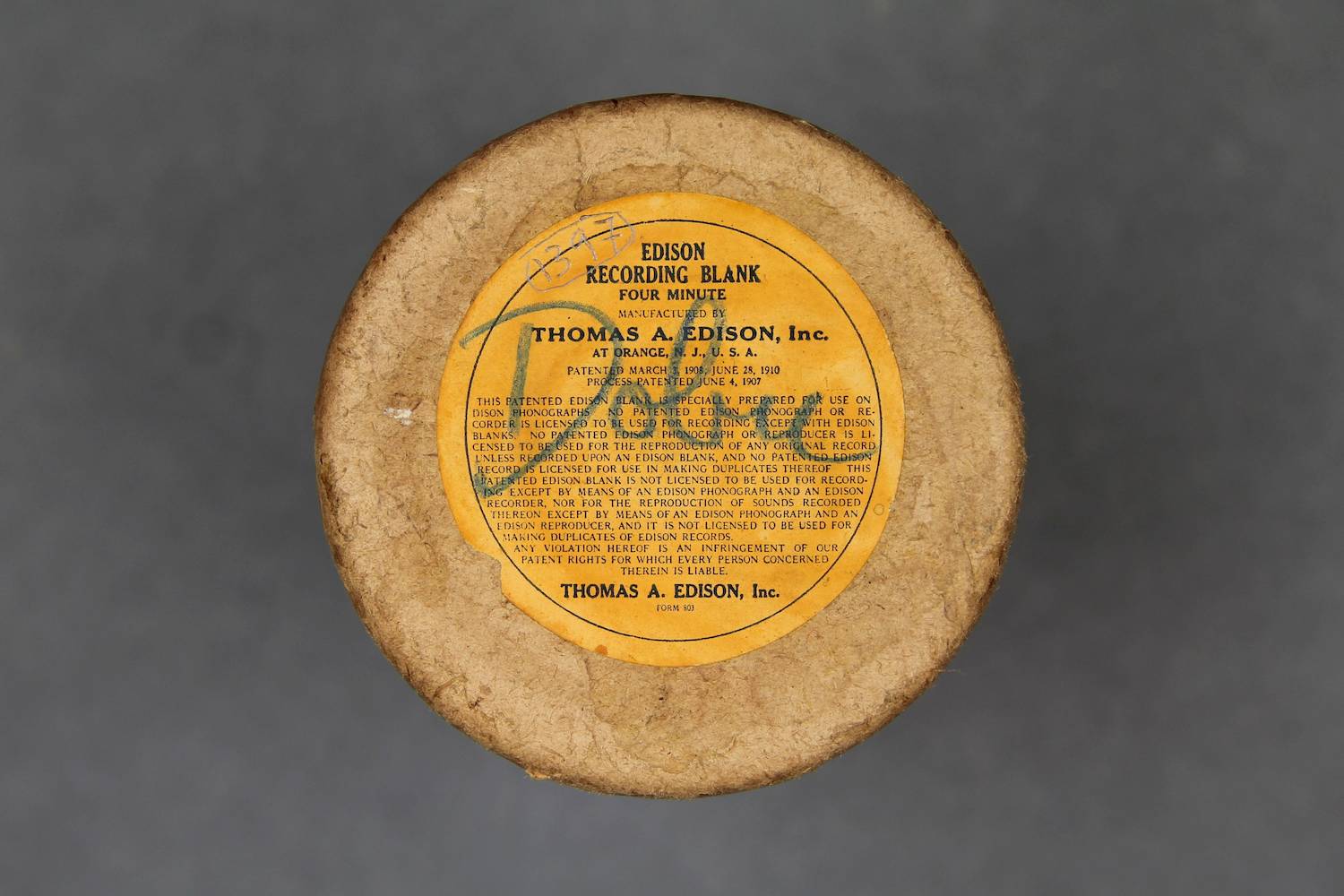 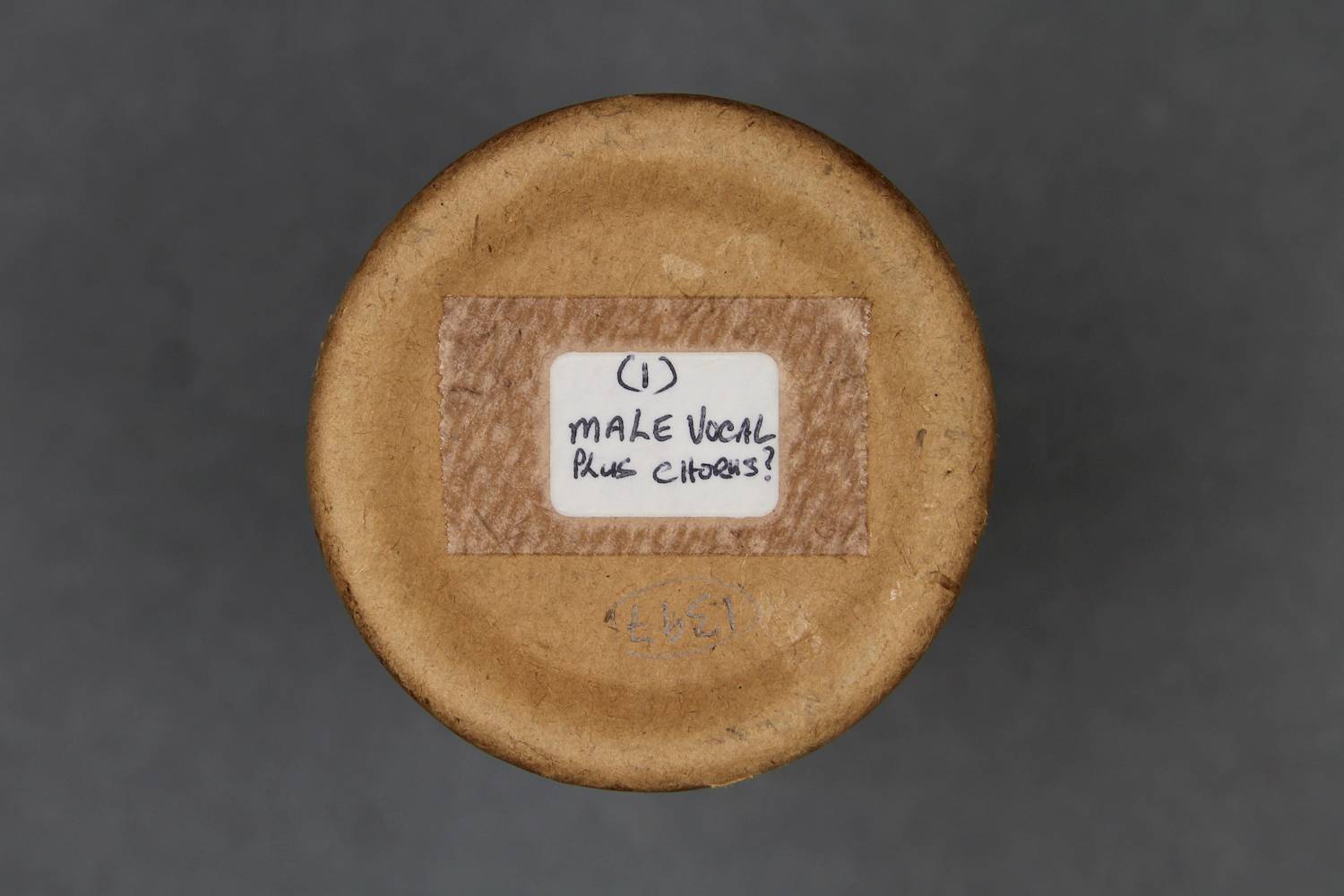    | Malinowski, Bronislaw. 1922. Argonauts of the Western Pacific: An Account of Native Enterprise and Adventure in the Archipelagoes of Melanesian New Guinea. London: Routledge. Read this at: https://wolnelektury.pl/media/book/pdf/argonauts-of-the-western-pacific.pdf | ||||||
| C46/1398 | Gumagabu | Paluwa (singer, male) | Trobriand Islands, Territory of Papua | July 1915 – October 1918 | 1. Unaccompanied male vocal solo singing. No further information available. Gumagabu is a song, dance and story/myth from Kiriwina; Malinowski explained and transcribed both the song and the story (Malinowski 1922:291-296) and photographed the dance (LSE photo archives MALINOWSKI/3/7/13). Both the song and the story of Gumagabu depicts the avenging expedition of a chief called Tomakam, although they do not quite tally. Tomakam’s aim was to avenge the earlier murder of his older brother, a chief called Toraya, in the district of Gabu in the D’Entrecasteaux Islands (Malinowski 1922:291-296). Malinowski mentioned seeing the dance of gumagabu (1916:380). The date of publication indicates that he must have seen it during his first period of fieldwork in the Trobriand Islands, between July 1915 and March 1916. Michael Young described it as a “Type of dance using dancing shields” (1998:283), and “the most popular” of the kaidebu dances (1998:94). The photograph in Malinowski 1929: plate 14, "Men in Full Festive Attire" and a similar one in LSE (LSE photo archives MALINOWSKI/3/7/13) almost certainly show the gumagabu dance being performed. | Paluwa was a Trobriand Islander of low rank from the village of Omarakana (Malinowski 1967:295). He had three sons, including Monakewo (see below), and three daughters, and “discussed his troubles … at length” with Malinowski (Malinowski 1929:80). | Reasonable quality recording, but with slight speed fluctuation throughout. | Kilivila | Field recordings; Folk songs and music; Narrative songs; Ballads | Malinowski, Bronislaw Kasper | 2'10" | Bronislaw Malinowski's 1915-1918 fieldwork on Kiriwina, Trobriand Islands, Papua New Guinea | Black wax cylinder | Bronislaw Malinowski 1915 – 1918 Trobriand Islands, Territory of Papua Cylinder Collection (C46) | British Library |  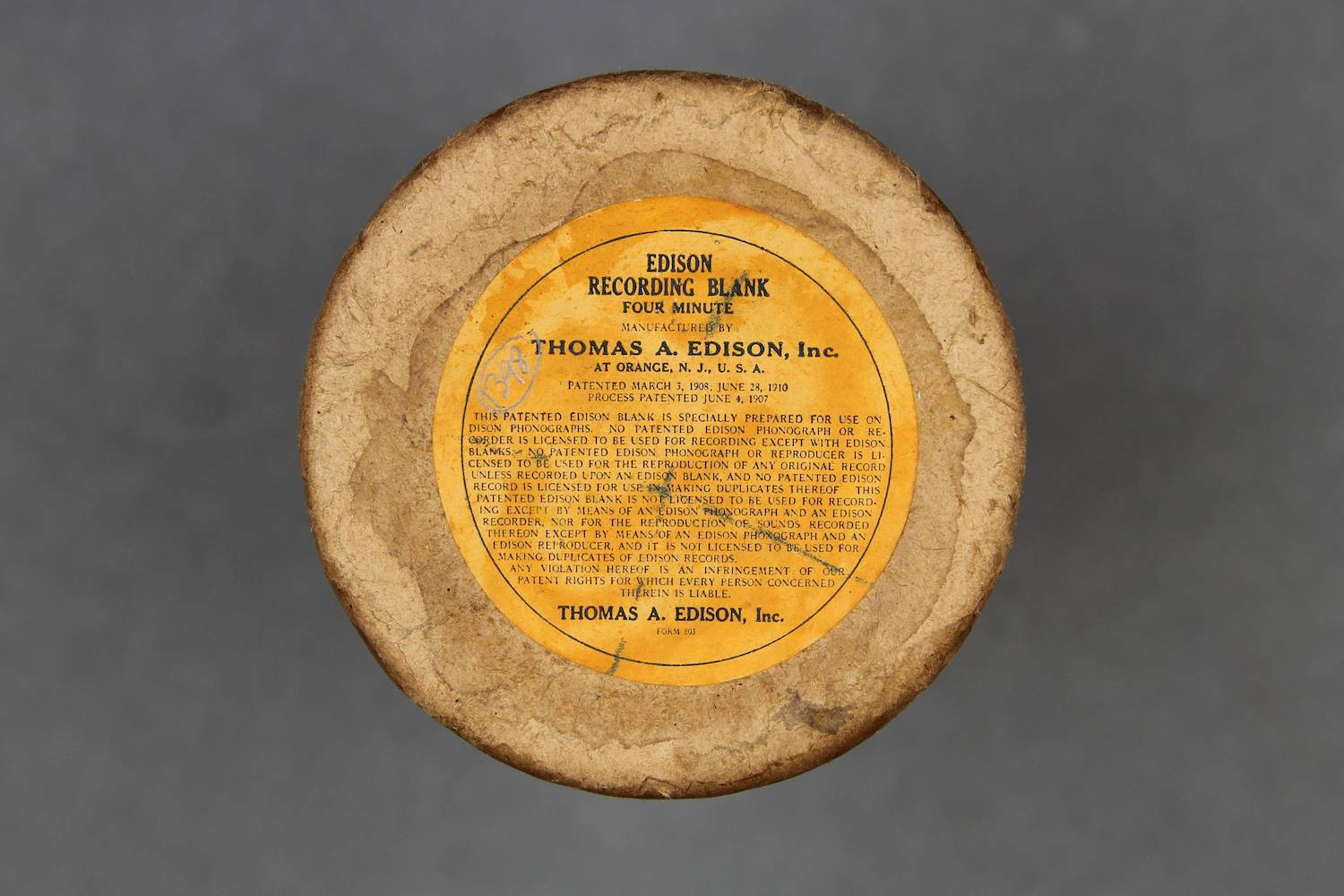  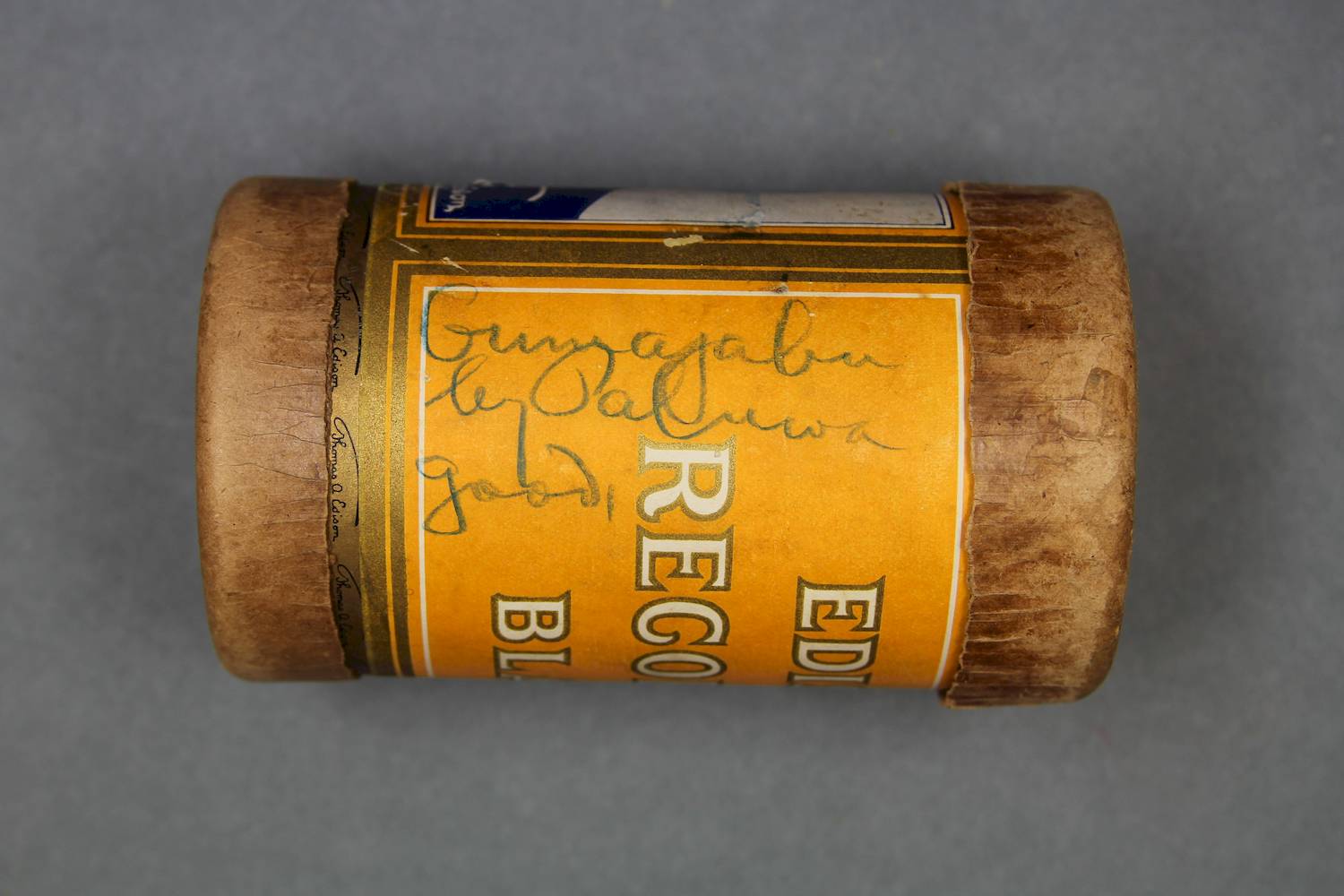   | Malinowski, Bronislaw. 1922. Argonauts of the Western Pacific: An Account of Native Enterprise and Adventure in the Archipelagoes of Melanesian New Guinea. London: Routledge. Read this at: https://wolnelektury.pl/media/book/pdf/argonauts-of-the-western-pacific.pdf | Malinowski, Bronislaw. 1916. ”Baloma: The Spirits of the Dead in the Trobriand Islands.” The Journal of the Royal Anthropological Institute of Great Britain and Ireland 46:353-430. Read this at: https://www.jstor.org/stable/2843398 | Malinowski, Bronislaw. 1929. The Sexual Life of Savages in Northwestern Melanesia. New York: Liveright. Read this at: http://www.berose.fr/IMG/pdf/malinowski_1929-the_sexual_life_of_savages.pdf | |||
| C46/1399 | Usi Tuma / Ragayewo | Monakewo (singer, male); Tokulubakiki (singer, male) | Trobriand Islands, Territory of Papua | July 1915 – October 1918 | 1-2. Unaccompanied male vocal solo singing. “Usituma is a song and dance of the Trobriand Islands … it is widely, and well known, being owned by six, or seven, different villages” (Baldwin 1945:201). Usi is probably an archaic pronunciation of wosi, the word for ‘song’ in Kilivila, the language of Kiriwina. Malinowski noted that Tuma is “a small island lying some ten miles to the north-west of the Trobriands,” where a person’s spirit went after their death (Malinowski 1916:354). Therefore usi tuma may have been a song about this spirit place. Malinowski noted that in the evening of 30th June 1918, on Kiriwina, after talking with “Monakewo about copulation,” he “Then sat and wrote down and translated Ragayewo” (Malinowski 1967:295). There are no other references to Ragayewo in his published material. Usi is probably an archaic pronunciation of wosi, the word for ‘song’ in Kilivila, the language of Kiriwina. | Malinowski described Monakewo as “a great friend of mine” (Malinowski 1929:68) and “one of my best linguistic commentators” (Malinowski 1935:38). Monakewo was Paluwa’s son, and lived in Omarakana. Malinowski mentioned him many times in his texts, and noted working with him on a number of occasions. Monakewo helped Malinowski back from another village one evening when Malinowski was unwell (Malinowski 1967:295). Malinowski described Tokulubakiki as his “best friend” (Malinowski 1929:148) and his “favourite informant in Omarakana,” saying that he could always rely on Tokulubakiki’s “honesty, goodwill and dispassionate reflection” (Malinowski 1929:161). He noted in a letter to his wife that Tokulubakiki was “a decent, honest, straightforward man” (Wayne 1995:151). Tokulubakiki was from the chiefly clan, and his father was one of the chiefs of Omarakana. Malinowski mentioned working with Tokulubakiki on many occasions, with magic and linguistics being common topics (Malinowski 1967:293, 295, 296, 310). Malinowski took a number of photographs of Tokulubakiki (Malinowski 1922:plate 9; 1929:236; Young 1998:50, 54, 68, 69, 129), and also of Tokulubakiki and Kuwo’igu, his wife (Malinowski 1929:plate 26), and also with his mother and children (LSE photo archives MALINOWSKI/3/ARG/15 LSE). | Surface noise caused by mould. | Kilivila | Field recordings; Folk songs and music; Narrative songs; Ballads | Malinowski, Bronislaw Kasper | 2'08" | Bronislaw Malinowski's 1915-1918 fieldwork on Kiriwina, Trobriand Islands, Papua New Guinea | Black wax cylinder | Bronislaw Malinowski 1915 – 1918 Trobriand Islands, Territory of Papua Cylinder Collection (C46) | British Library |  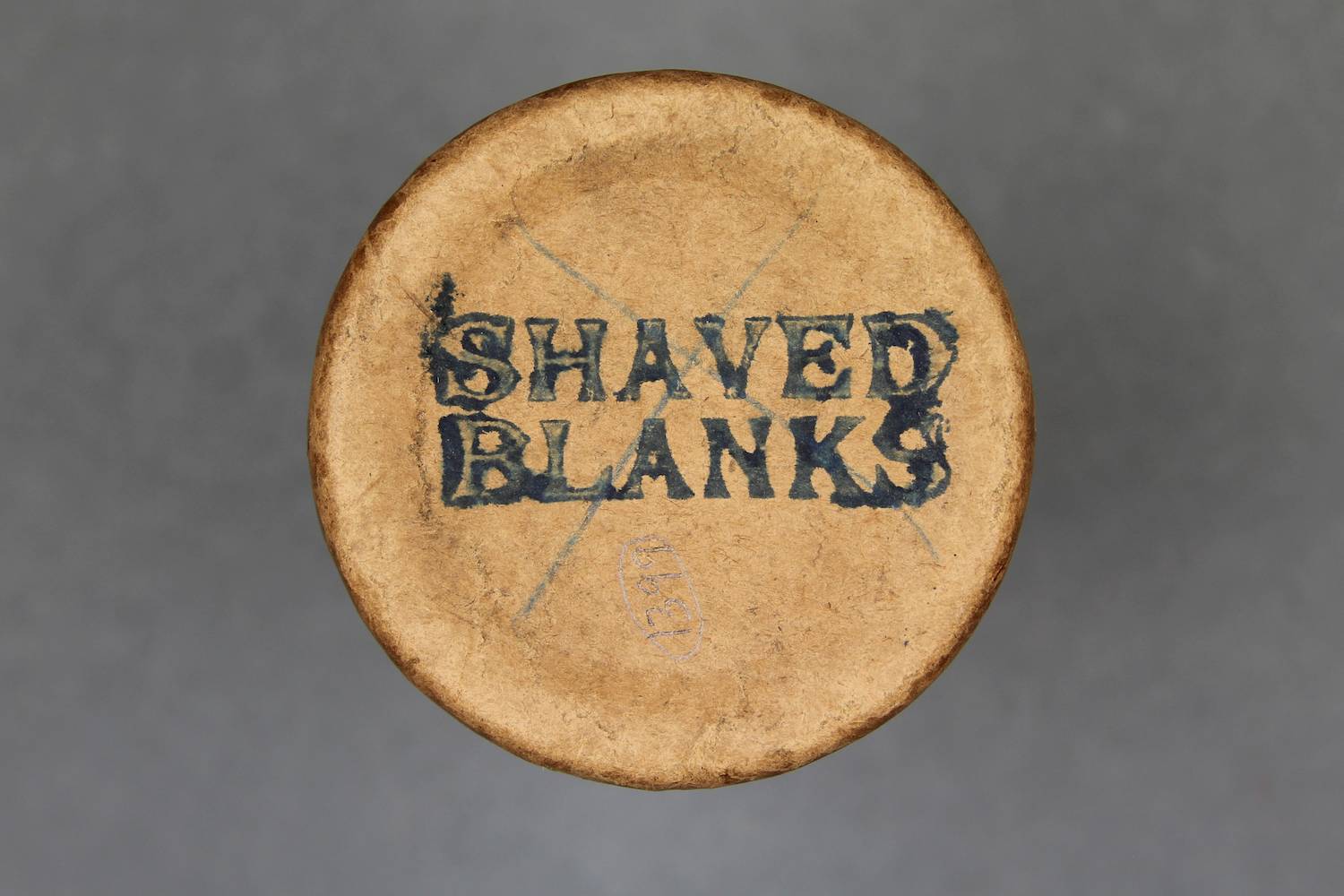 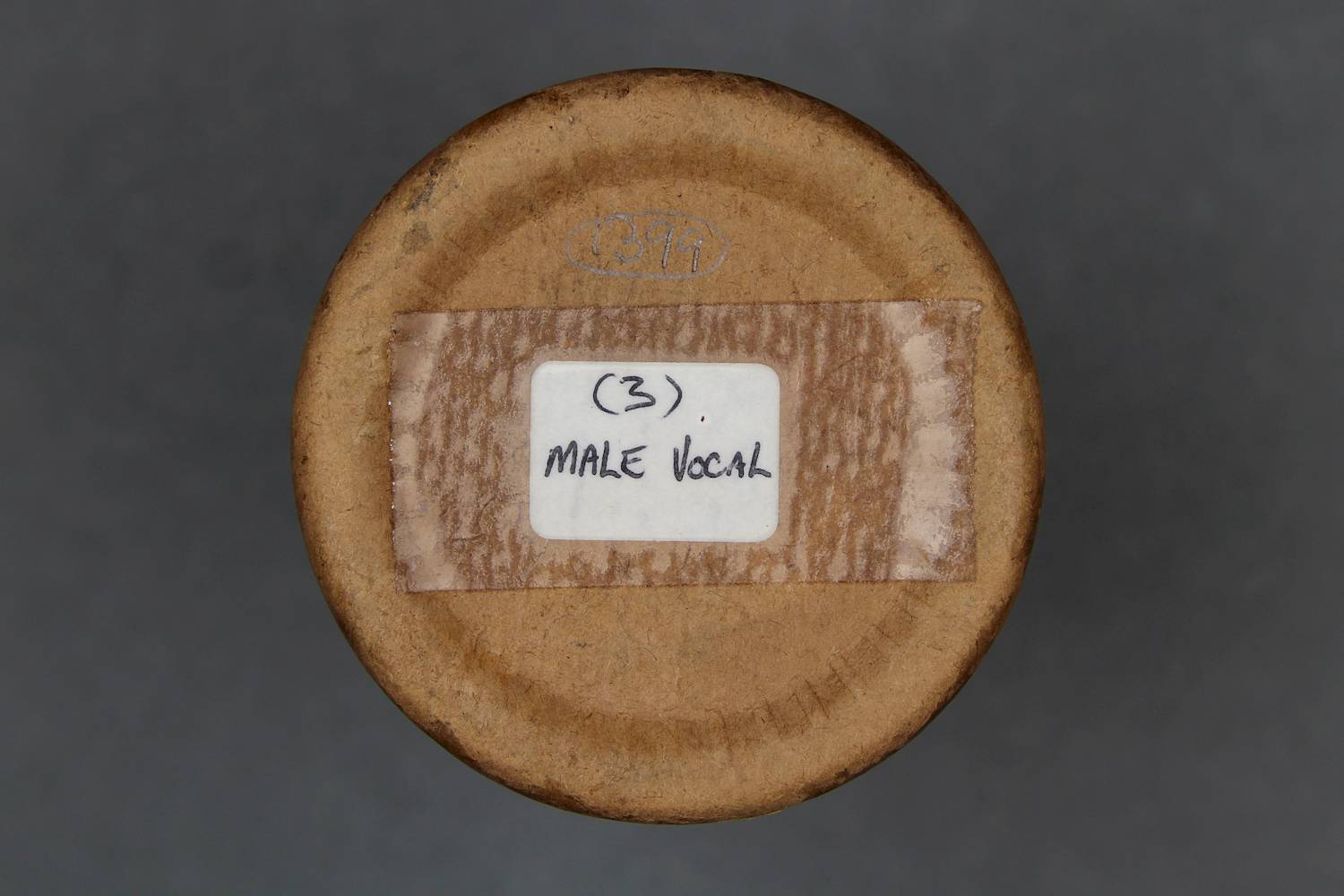 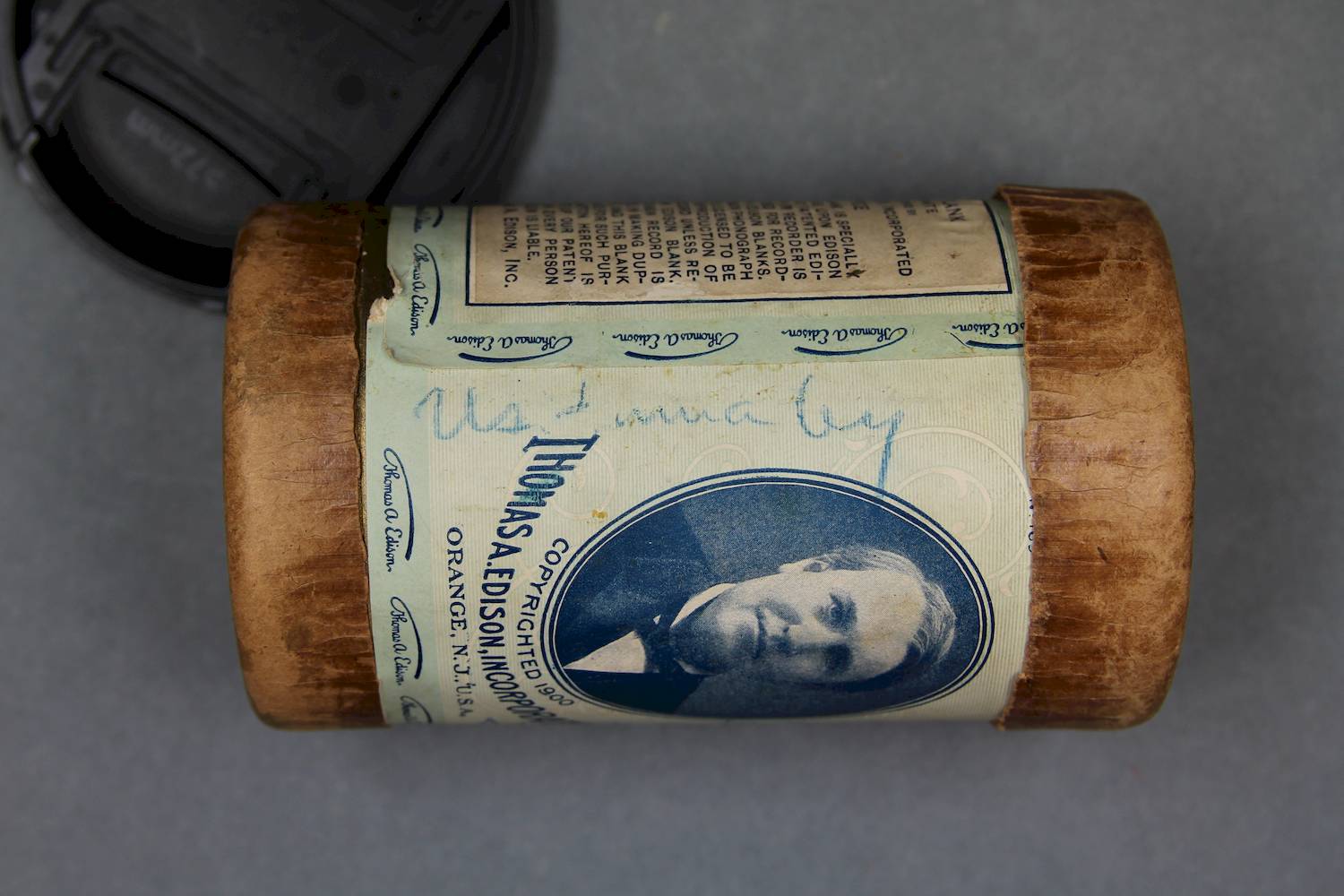 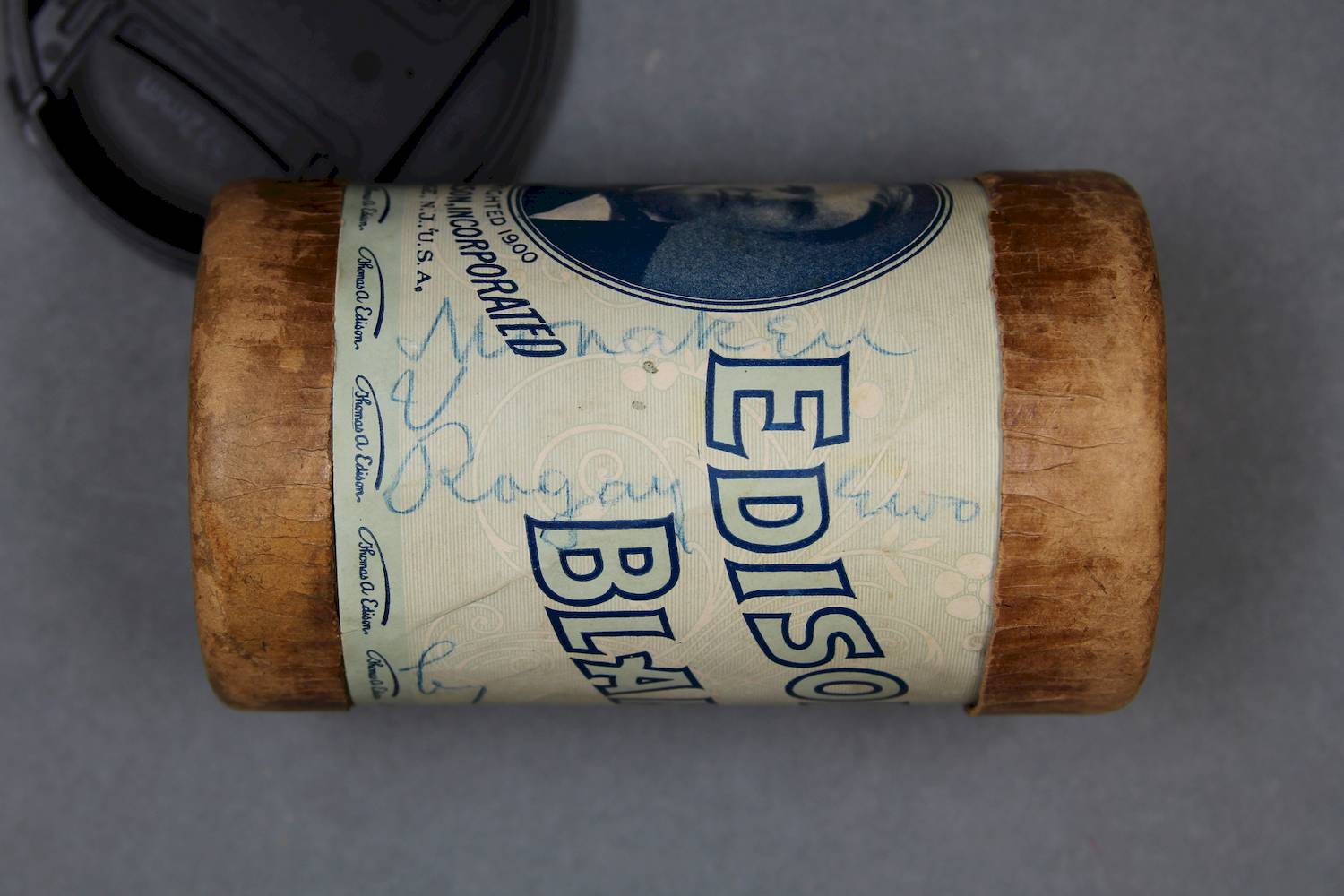 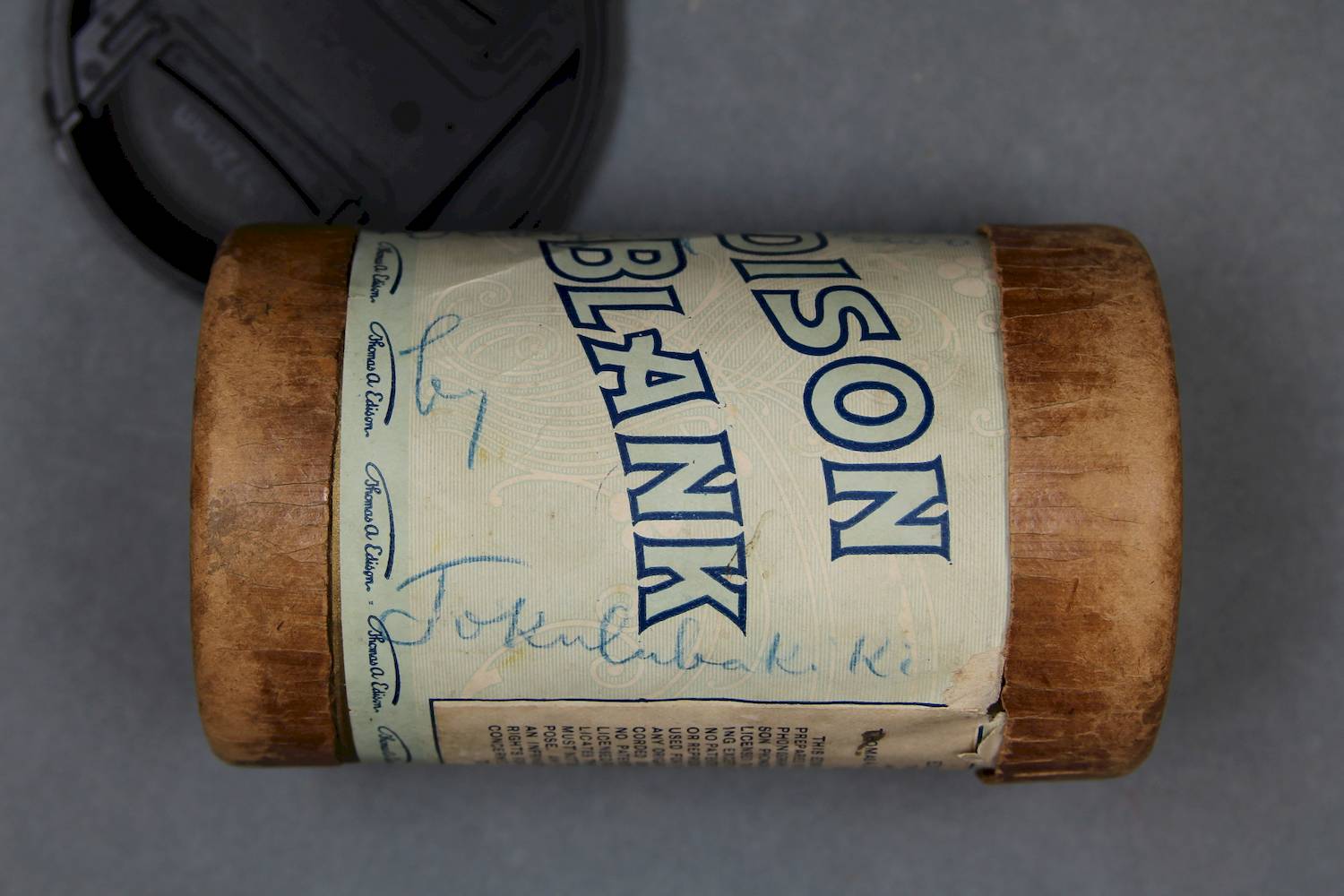 | Malinowski, Bronislaw. 1922. Argonauts of the Western Pacific: An Account of Native Enterprise and Adventure in the Archipelagoes of Melanesian New Guinea. London: Routledge. Read this at: https://wolnelektury.pl/media/book/pdf/argonauts-of-the-western-pacific.pdf | Baldwin, Bernard. 1945 "Usituma! Song of Heaven." Oceania, 15:201-238. Read this at: https://onlinelibrary.wiley.com/doi/abs/10.1002/j.1834-4461.1945.tb00425.x | Malinowski, Bronislaw. 1916. ”Baloma: The Spirits of the Dead in the Trobriand Islands.” The Journal of the Royal Anthropological Institute of Great Britain and Ireland 46:353-430. Read this at: https://www.jstor.org/stable/2843398 | Malinowski, Bronislaw. 1929. The Sexual Life of Savages in Northwestern Melanesia. New York: Liveright. Read this at: http://www.berose.fr/IMG/pdf/malinowski_1929-the_sexual_life_of_savages.pdf | Malinowski, Bronislaw. 1967. A Diary in the Strict Sense of the Term. Trans. Norbert Guterman. New York: Harcourt, Brace & World. Read this at: | Young, Michael. 1998. Malinowski’s Kiriwina: Fieldwork Photography 1915–1918. Chicago: University of Chicago Press. Read this at: |
| C46/1400 | Ilakavetega | Monakewo (singer, male) | Trobriand Islands, Territory of Papua | July 1915 – October 1918 | 1. Unaccompanied male vocal solo of spoken text with some sung parts. Ilakavetega is a story from Kiriwina known as 'The Reef Heron and Ilakavetega' (Malinowski 1929:341-342). Malinowski transcribed, translated and explained the story and song of The Reef Heron and Ilakavetaga, calling it a "gratuitous insult" and noting that it was told with "sing-song intonation" (Malinowski 1929:341-342). | Malinowski described Monakewo as “a great friend of mine” (Malinowski 1929:68) and “one of my best linguistic commentators” (Malinowski 1935:38). Monakewo was Paluwa’s son, and lived in Omarakana. Malinowski mentioned him many times in his texts, and noted working with him on a number of occasions. Monakewo helped Malinowski back from another village one evening when Malinowski was unwell (Malinowski 1967:295 | Surface noise caused by mould. | Kilivila | Field recordings; Folk tales; Storytelling | Malinowski, Bronislaw Kasper | 2'21" | Bronislaw Malinowski's 1915-1918 fieldwork on Kiriwina, Trobriand Islands, Papua New Guinea | Black wax cylinder | Bronislaw Malinowski 1915 – 1918 Trobriand Islands, Territory of Papua Cylinder Collection (C46) | British Library |  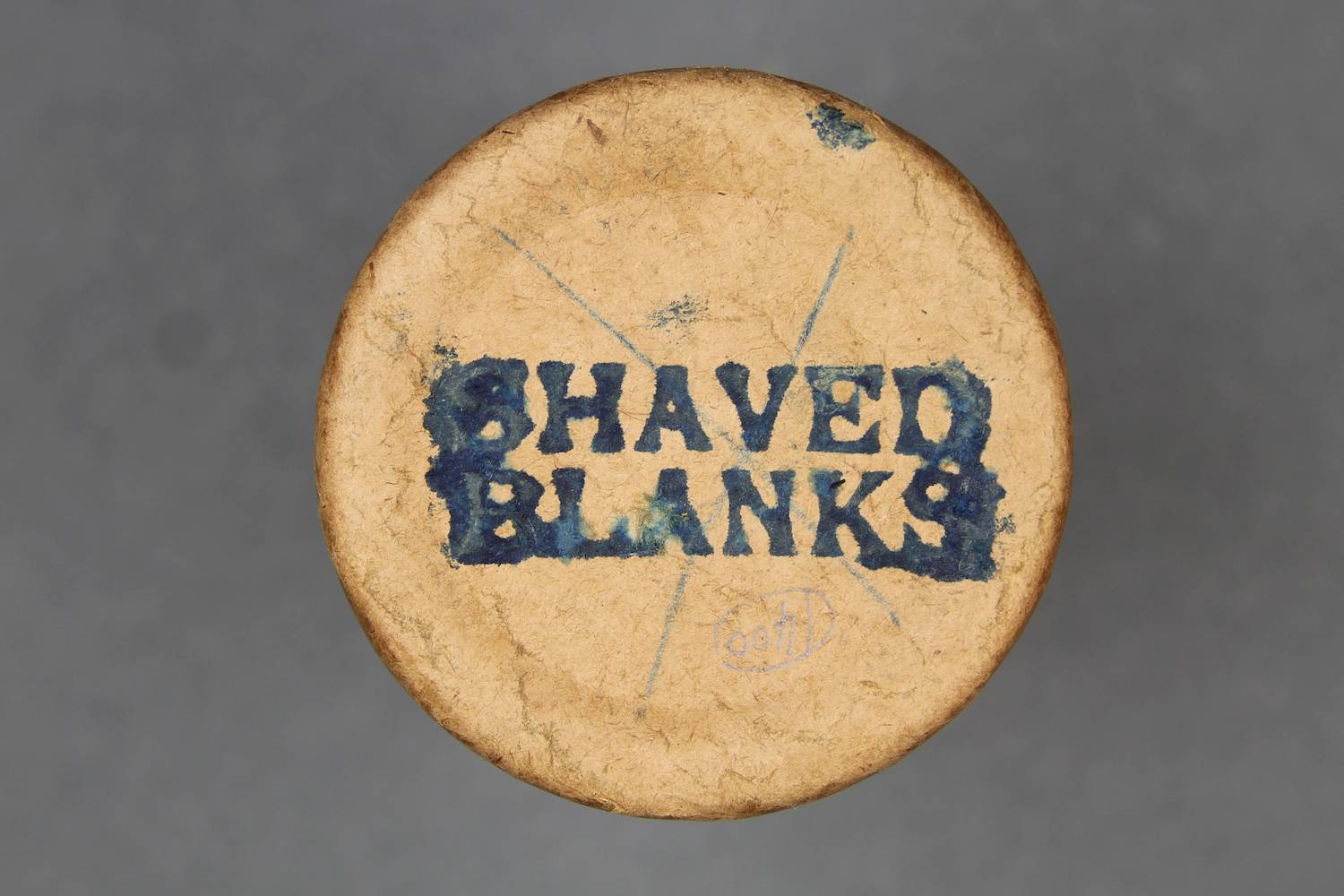 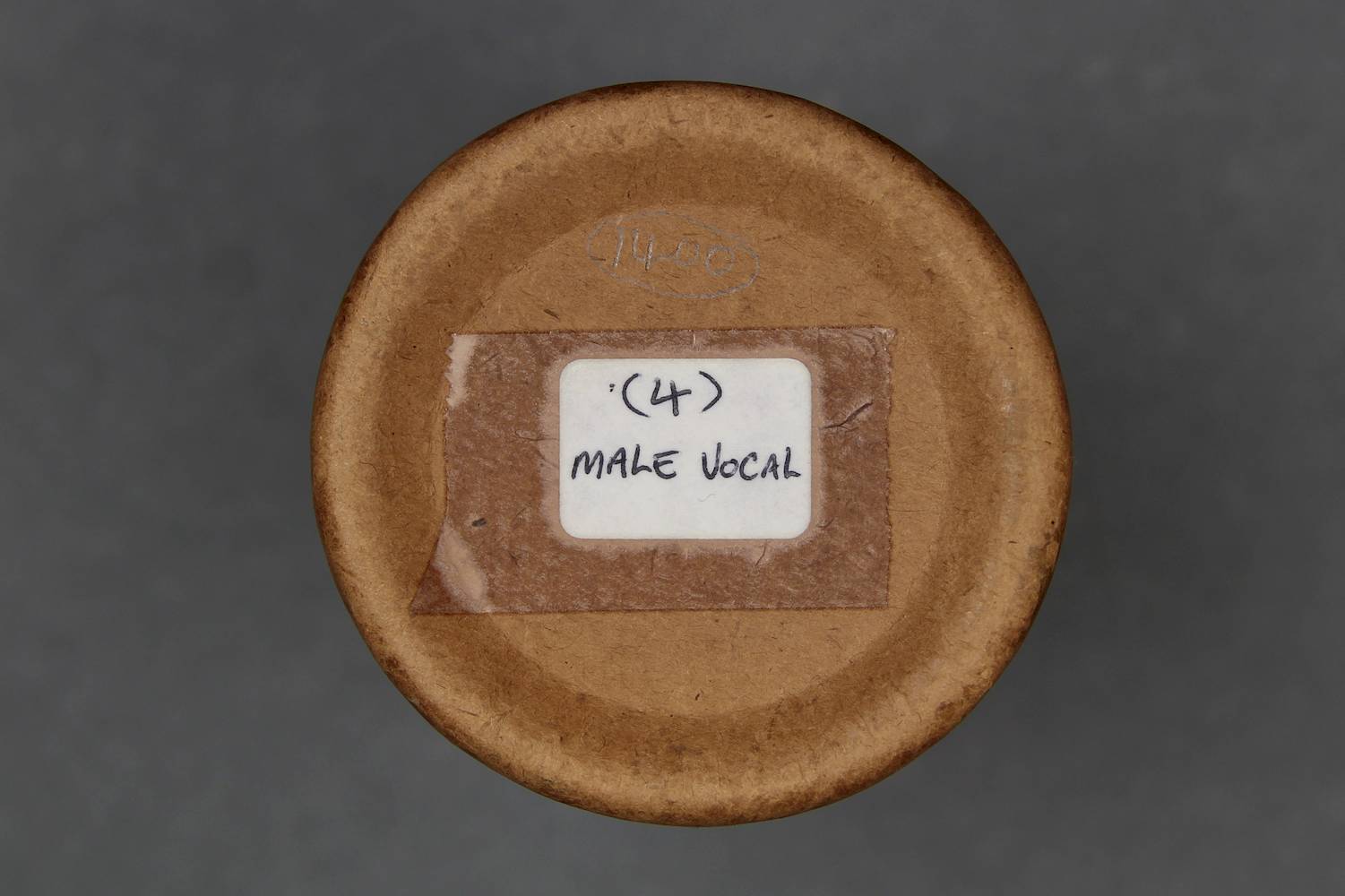 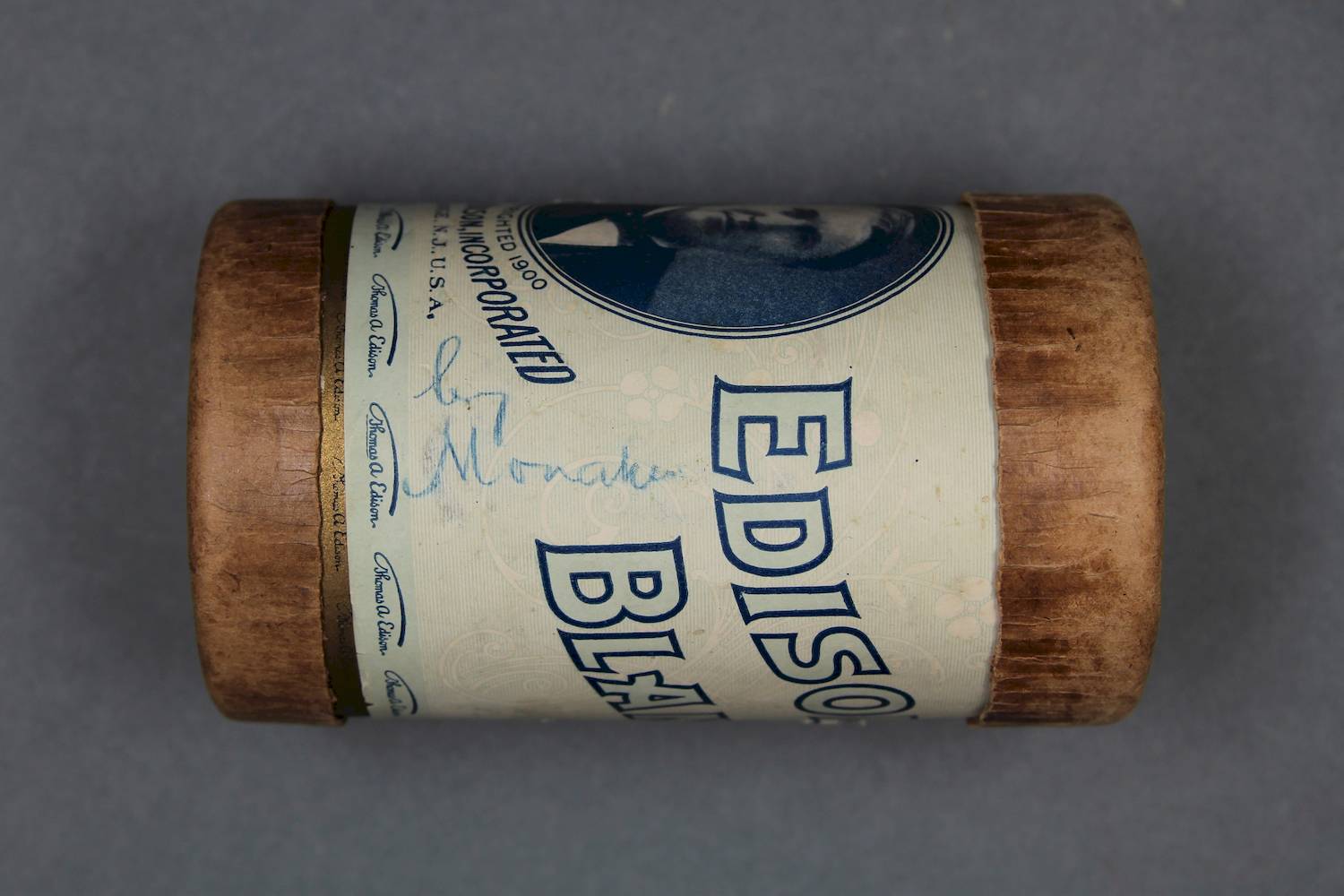 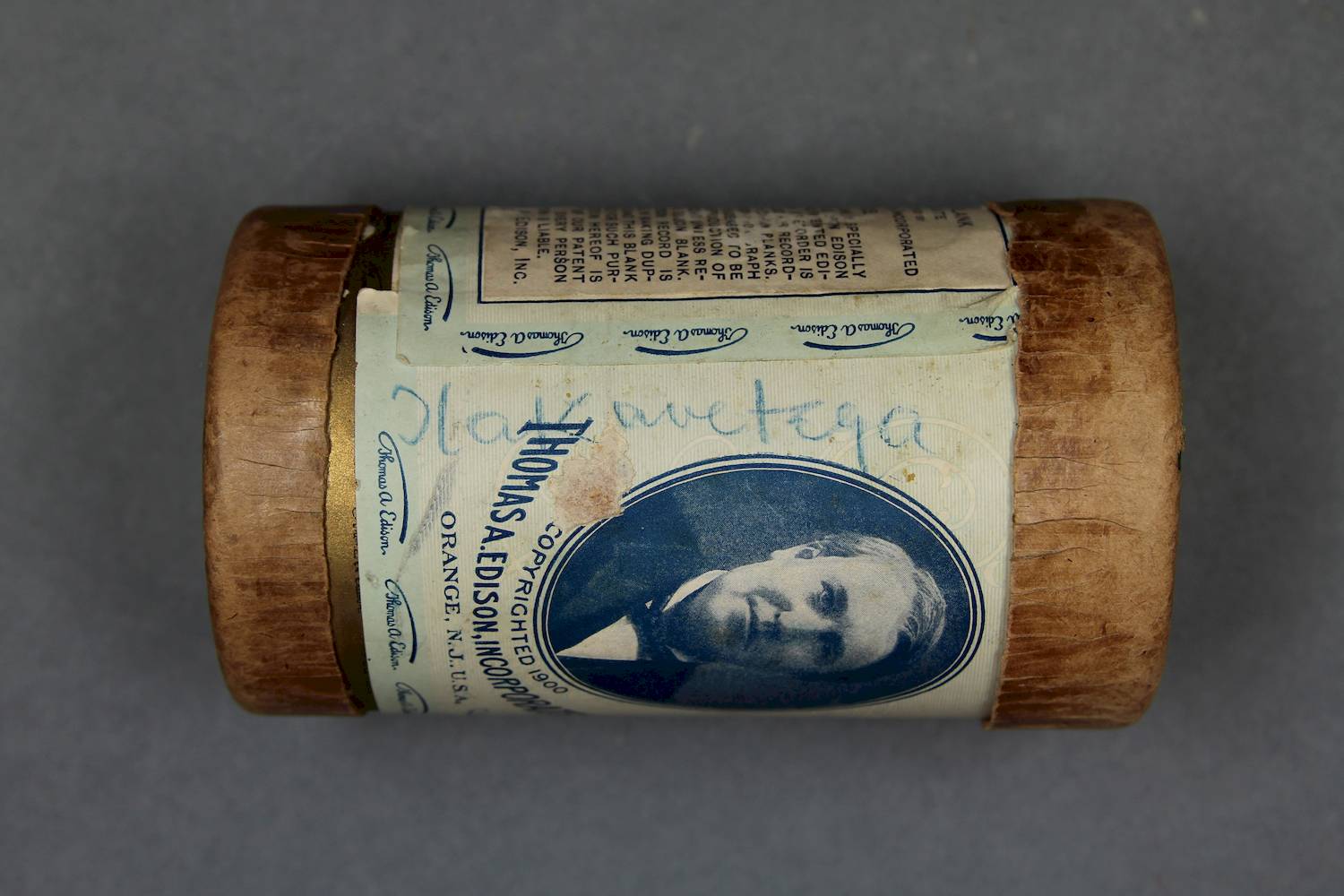  | Malinowski, Bronislaw. 1929. The Sexual Life of Savages in Northwestern Melanesia. New York: Liveright. Read this at: http://www.berose.fr/IMG/pdf/malinowski_1929-the_sexual_life_of_savages.pdf | |||||
| C46/1401 | Gumagabu | Paluwa (singer, male) | Trobriand Islands, Territory of Papua | 1918-07-17 | 1. Unaccompanied male vocal solo singing. Gumagabu is a song, dance and story/myth from Kiriwina; Malinowski explained and transcribed both the song and the story (Malinowski 1922:291-296). Both the song and the story of Gumagabu depicts the avenging expedition of a chief called Tomakam, although they do not quite tally. Tomakam’s aim was to avenge the earlier murder of his older brother, a chief called Toraya, in the district of Gabu in the D’Entrecasteaux Islands (Malinowski 1922:291-296). Malinowski mentioned seeing the dance of gumagabu (1916:380). The date of publication indicates that he must have seen it during his first period of fieldwork in the Trobriand Islands, between July 1915 and March 1916. Michael Young described it as a “Type of dance using dancing shields” (1998:283), and “the most popular” of the kaidebu dances (1998:94). The photograph in Malinowski 1929: plate 14, "Men in Full Festive Attire" and a similar one in LSE (LSE photo archives MALINOWSKI/3/7/13) almost certainly show the gumagabu dance being performed. | Paluwa was a Trobriand Islander of low rank from the village of Omarakana (Malinowski 1967:295). He had three sons, including Monakewo (see below), and three daughters, and “discussed his troubles … at length” with Malinowski (Malinowski 1929:80). | Cylinder is cracked, resulting in loud clicks throughout. | Kilivila | Field recordings; Folk songs and music; Narrative songs; Ballads | Malinowski, Bronislaw Kasper | 1'59" | Bronislaw Malinowski's 1915-1918 fieldwork on Kiriwina, Trobriand Islands, Papua New Guinea | Black wax cylinder | Bronislaw Malinowski 1915 – 1918 Trobriand Islands, Territory of Papua Cylinder Collection (C46) | British Library |  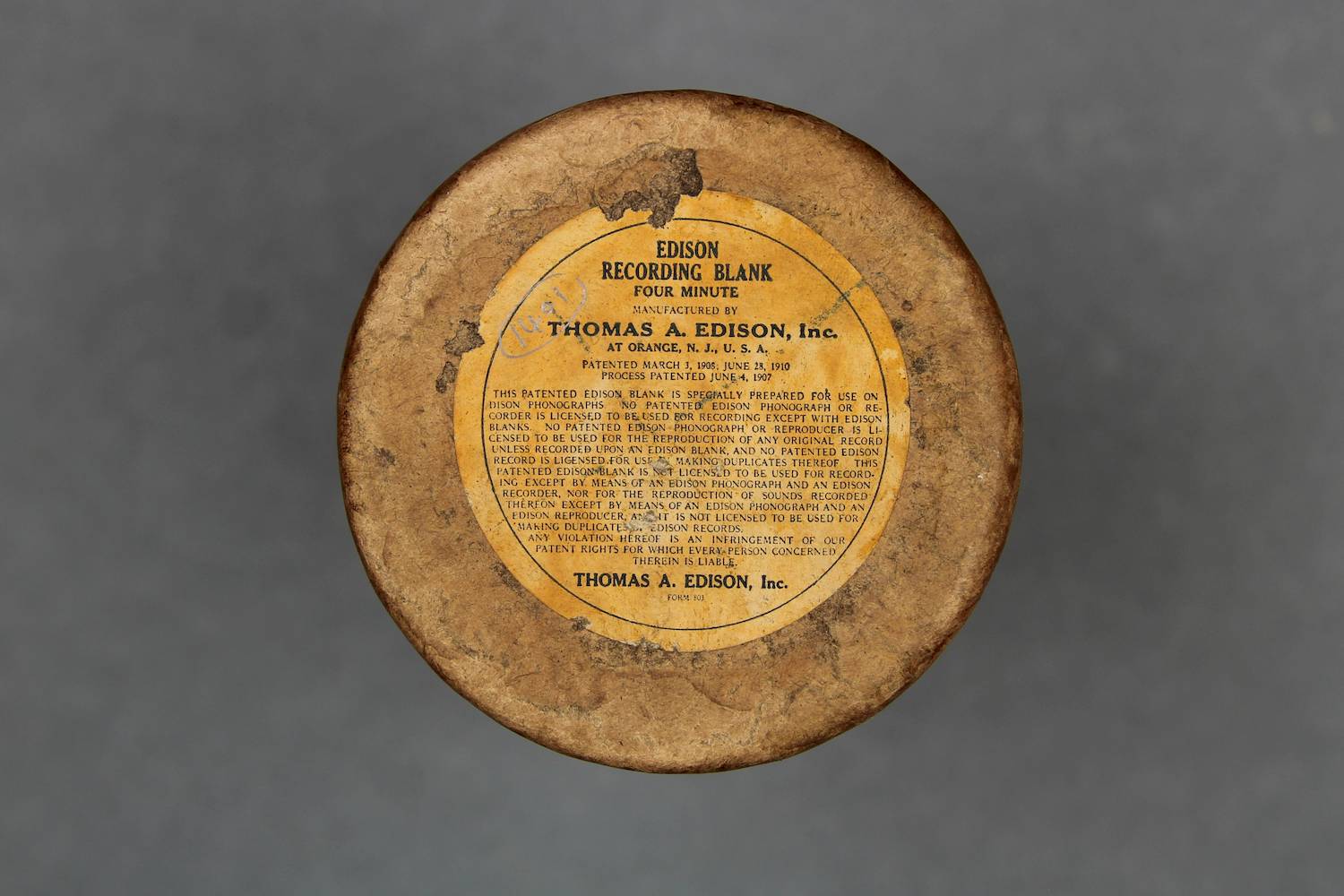 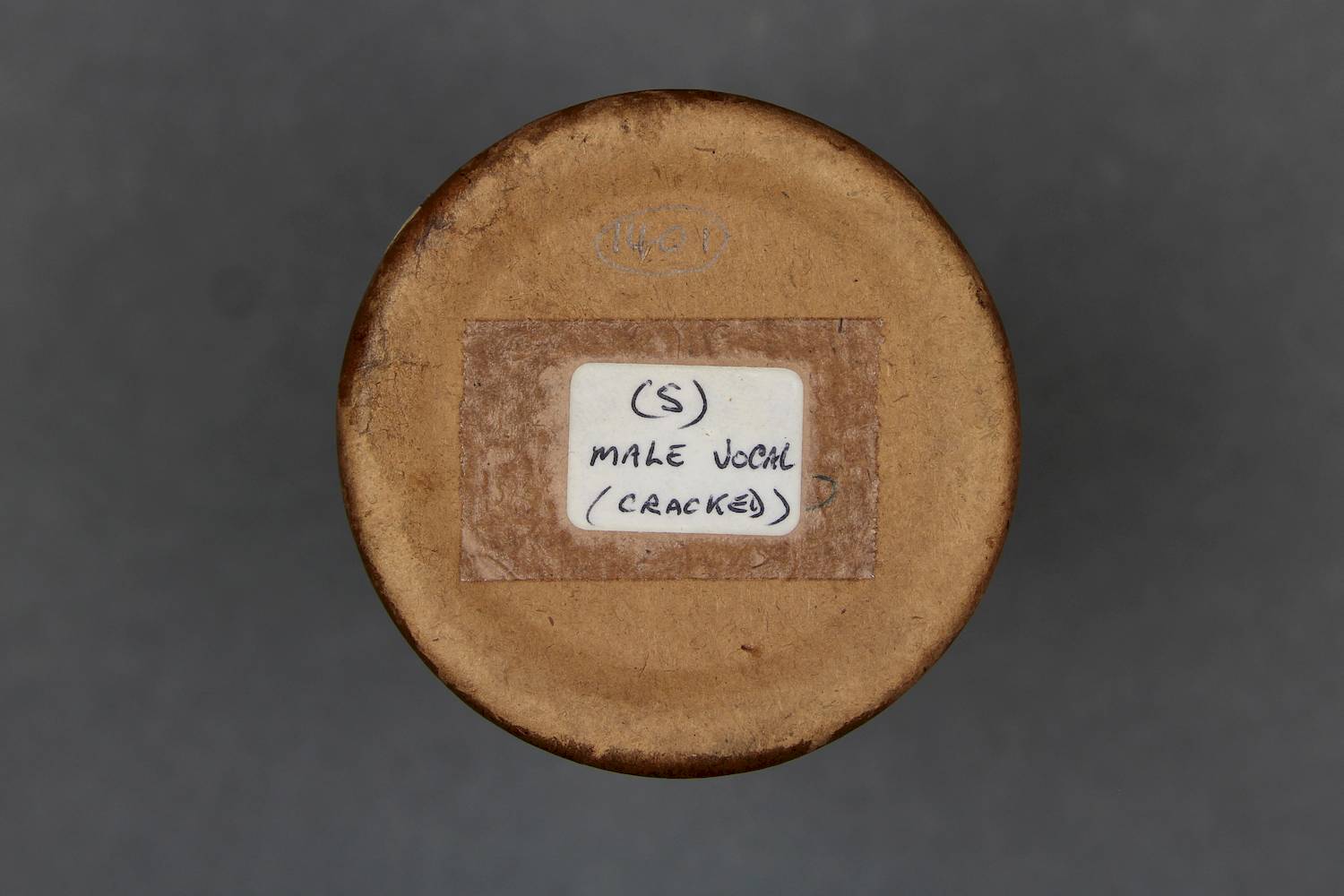 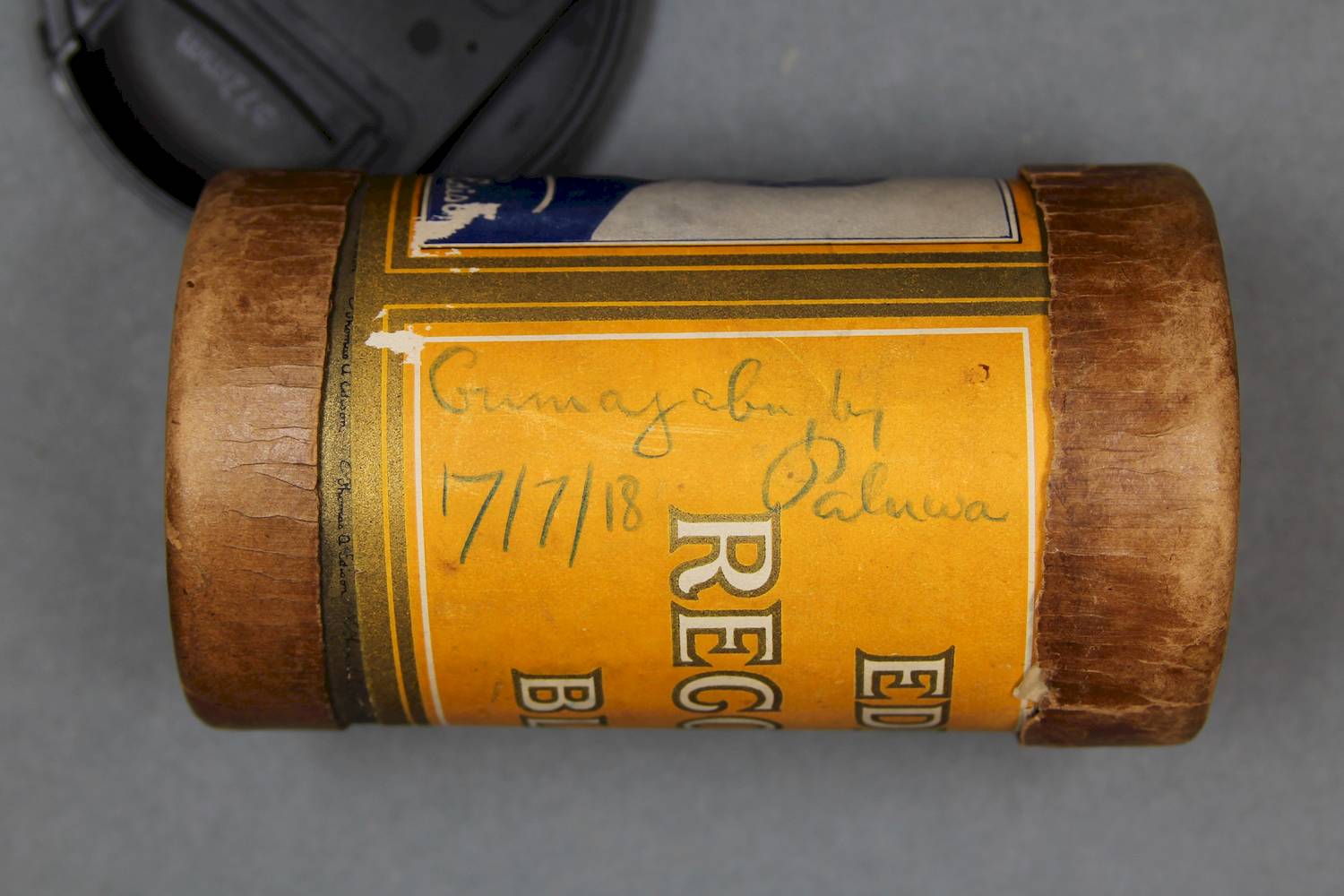   | Malinowski, Bronislaw. 1922. Argonauts of the Western Pacific: An Account of Native Enterprise and Adventure in the Archipelagoes of Melanesian New Guinea. London: Routledge. Read this at: https://wolnelektury.pl/media/book/pdf/argonauts-of-the-western-pacific.pdf |









